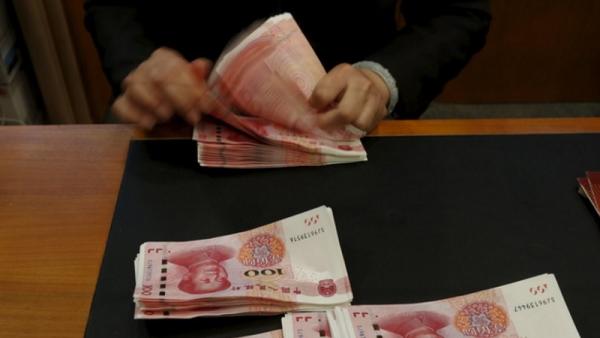
James Laurenceson, Deputy Director, Australia-China Relations Institute, University of Technology Sydney |
This article originally appeared in the The Conversation, March 4 2016.
Context is everything. And when it comes to China’s monetary policy, it’s frequently lacking, leading to the wrong conclusions being drawn.
Earlier this week, China’s central bank, the People’s Bank of China (PBoC), said that it would cut the required reserve ratio for banks by half a percentage point. This means that banks will have more money to lend – around $US105 billion more to be precise. It was the fifth such cut over the past year.
These moves have regularly been interpreted as the PBoC adopting a looser monetary policy stance in an effort to prop up slumping economic activity. Nowadays Chinese growth is “drug-assisted”, if you like.
But here’s where the context comes in.
The PBoC has long used changes in the ratio to manage liquidity in the financial system, not give output a shove.
Until 2014, China experienced large capital inflows. Without any intervention in currency markets, this would have led to the renminbi (RMB) sharply appreciating in value as the demand for RMB rose relative to foreign currencies such as US dollars.
But China was only willing to let the RMB appreciate gradually. This meant that the PBoC found itself needing to buy an excess supply of foreign currencies to slow the RMB’s rise. It paid for these foreign currencies with RMB, causing the money supply to expand.
Put differently, the PBoC’s actions in currency markets resulted in a looser monetary policy stance. An increase in the ratio was required to offset this and take RMB liquidity out of the financial system.
Since 2015, the story has been the opposite.
It has been estimated that last year $US1 trillion left the country. A record trade surplus helped to balance some of the outflows but the PBoC’s foreign currency reserves still fell by $US512 billion. This points to the PBoC intervening in currency markets, selling foreign currencies and buying excess RMB, to slow an RMB depreciation.
That is, China’s monetary policy stance has automatically been tightening and reductions in the ratio have been needed just to maintain existing levels of RMB liquidity.
That’s a very different narrative about the role being played by monetary policy compared to one that says the PBoC has resorted to giving the economy a heavy dose of performance-enhancing stimulus.
Still, how do we know whether the PBoC’s actions have gone beyond maintaining the existing monetary policy stance and could instead be described as loose?
There are two hints.
One is to compare current policy settings with those in the past.
Consider the required reserve ratio. Even after the recent cuts, the ratio remains extremely high, seven percentage points above the level that prevailed at the beginning of 2007.
Another is to compare China’s settings with those in other countries.
Central banks around the world manipulate the money supply to move interest rates up or down. They drive them down to stimulate activity as it makes borrowing for consumption and investment cheaper and reduces the incentive to save.
To understand what a clear switch to a loose monetary policy stance looks like, cast your eyes to the US.
Between 2007 and 2015, the US money base - the narrowest measure of the money supply and the one that central banks have greatest control over - increased a staggering 4.5 times, rising from less than 6% of GDP to more than 21%.
Not surprisingly, the Federal Funds Rate, the benchmark interest rate in the US, fell from 5.02% to 0.13% over the same period. Inflation in the US last year was around 1%, meaning that real interest rates were even lower, perhaps negative.
In contrast, the money base in China increased 2.1 times over the same period, and actually fell as a percentage of GDP from 11.3% to 9.3%.
The weighted average lending interest rate in China is currently 5.27%, more than back in 2009. And as the Reserve Bank of Australia explained in its latest Statement of Monetary Policy, China experienced mild deflation last year, leading to real interest rates being even higher.
What is true is that China has experienced an extremely large build-up of debt since 2008. This has created risks around whether the quality of that debt is being adequately monitored. But as Guonan Ma, a former Senior Economist at the Bank of International Settlements has explained, tightening monetary policy to deal with these risks is almost certainly the wrong approach.
[How a country with a central bank running a neutral monetary policy stance can simultaneously be awash with credit is a story for another day. But the short answer in the case of China is that it has an exceptionally high savings rate, giving banks plenty of funds to lend].
The key takeaways from this week’s monetary policy moves are that China’s current 6.9% rate of growth is “all natural”, and that the PBoC still has scope to inject some artificial help if needed.
Author
Professor James Laurenceson is Deputy Director of the Australia-China Relations Institute (ACRI) at the University of Technology Sydney.


